Description
Crafted with meticulous attention to detail, the Paranthropus boisei fossil model accurately portrays the hominin’s robust cranial morphology, distinctive dental structure, and other pertinent anatomical attributes, providing a comprehensive understanding of its physical appearance and evolutionary adaptations. The model’s intricate replication of surface textures and structural nuances contributes to a lifelike depiction, enhancing its scientific and educational significance for researchers, educators, and enthusiasts in the field of paleoanthropology.
Constructed from durable, museum-quality materials, the Paranthropus boisei fossil model serves as an accurate representation of the known fossil record, reflecting the latest advancements in paleoanthropological research and scientific understanding. This scientifically precise model is an invaluable educational tool for studying the evolutionary history of early hominins, providing essential insights into the morphological adaptations and ecological context of Paranthropus boisei within the human evolutionary lineage.
The Paranthropus boisei fossil model’s accurate representation of the hominin’s physical characteristics, along with its paleoenvironmental context and ecological significance, contributes to a deeper understanding of the evolutionary dynamics that shaped the development of early human ancestors in East Africa. Its meticulous design and scientific accuracy make it a valuable addition to museum exhibits, educational displays, and private collections, providing a compelling visual narrative of the evolutionary trajectory and ecological dynamics of early hominin species during the relevant geological time period.
The Paranthropus robustus fossil model is a meticulously crafted and scientifically accurate representation of an extinct hominin species that lived approximately 2 to 1.2 million years ago in South Africa. This model faithfully portrays the known morphological features and anatomical characteristics of Paranthropus robustus, offering valuable insights into the evolutionary history and diversity of early hominins.

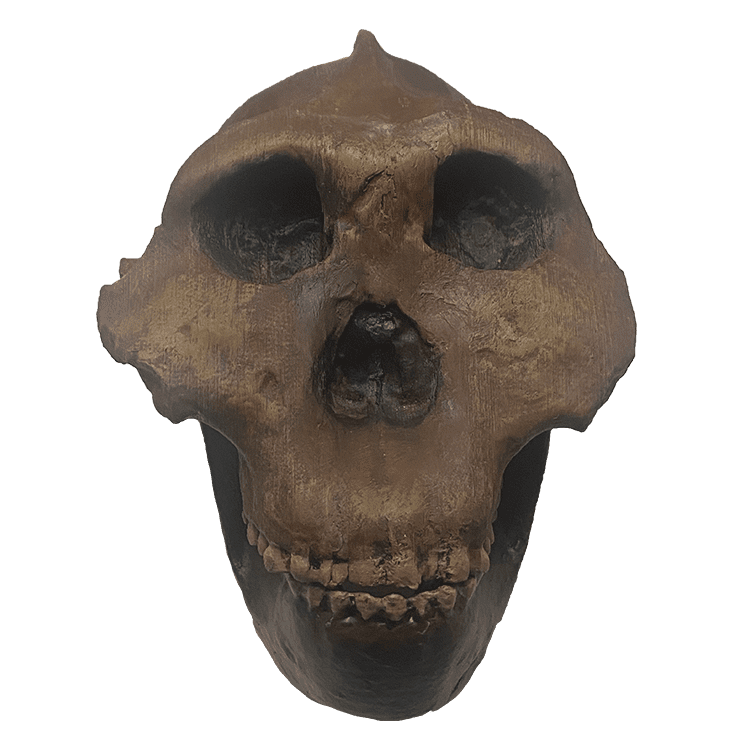
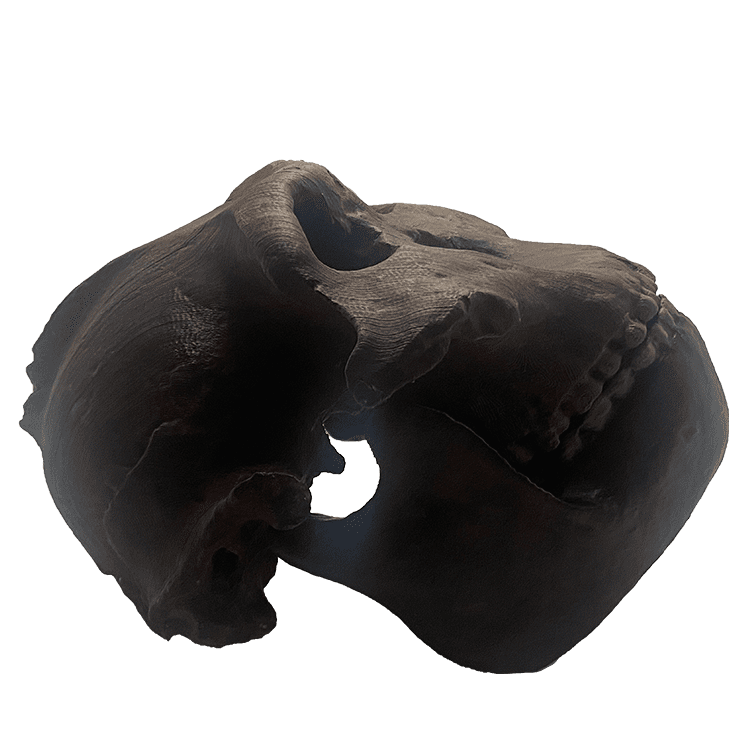
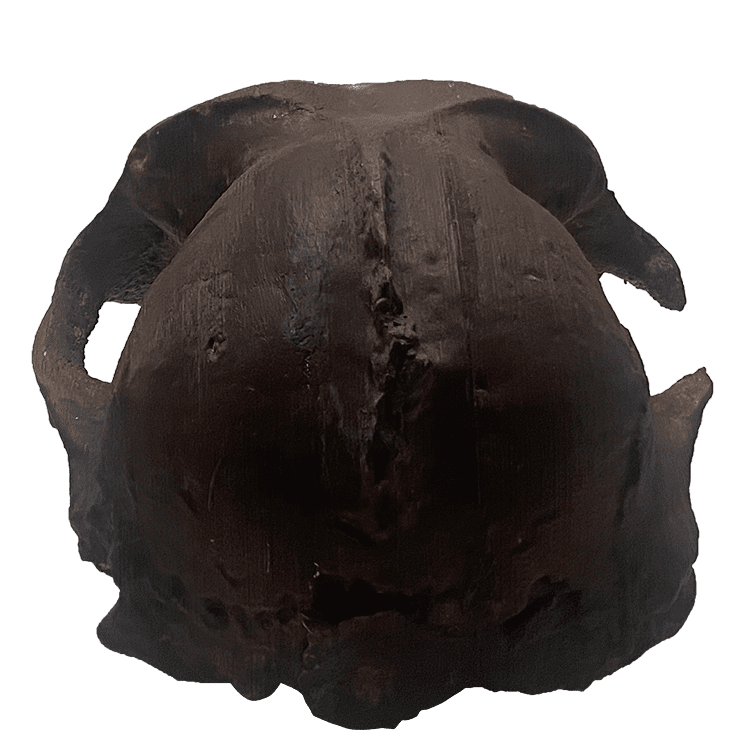
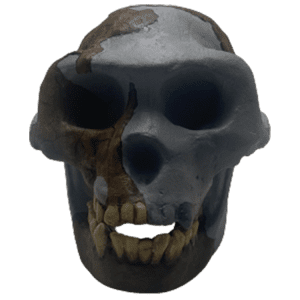
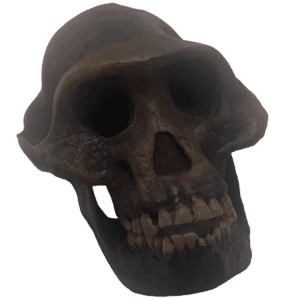
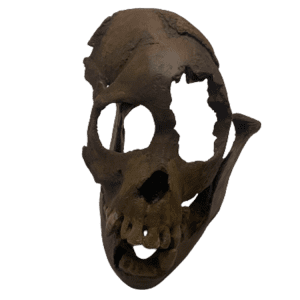
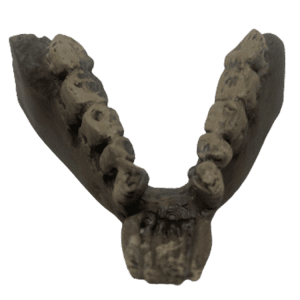
Reviews
There are no reviews yet.